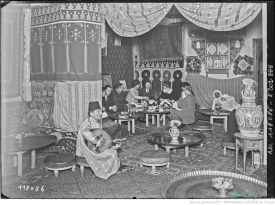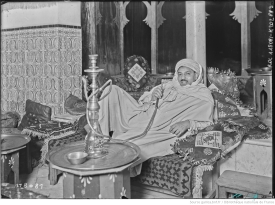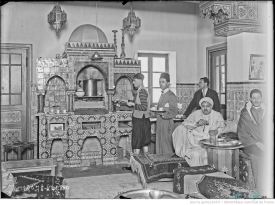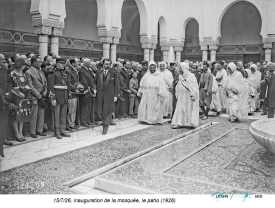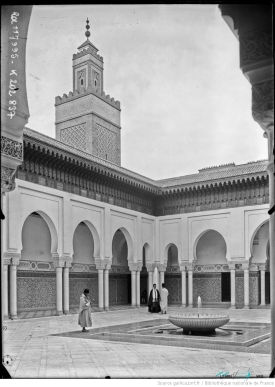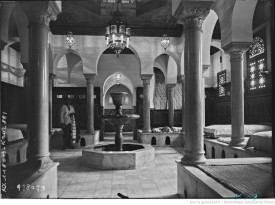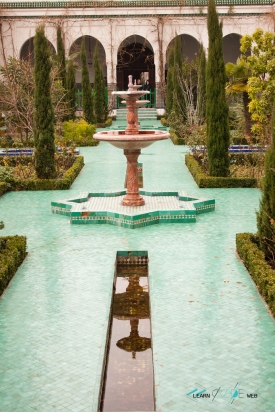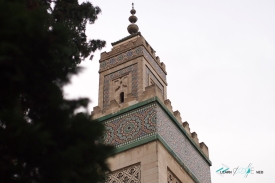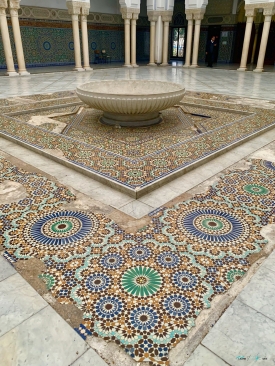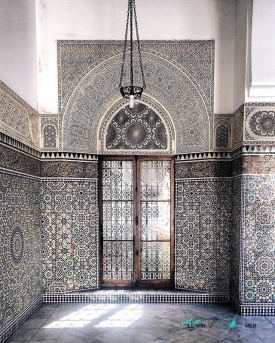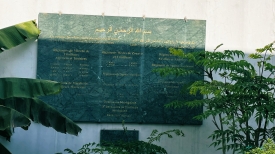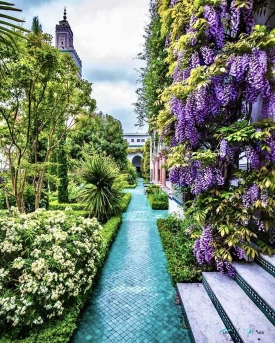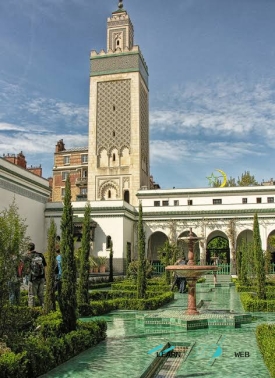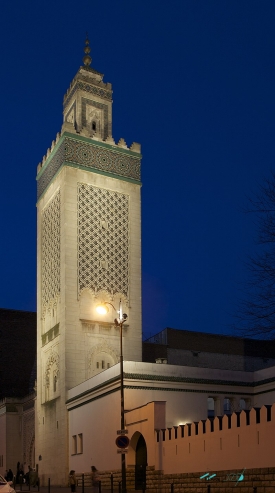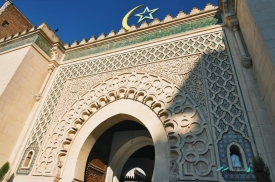Nestled in the heart of France's bustling capital lies an architectural gem, the Great Mosque of Paris, also known as the Paris Mosque. This remarkable structure, known for its distinctive North African design, stands as a symbol of religious harmony and the rich cultural diversity of France. In this article, we delve into the history, construction, and latest news surrounding this iconic monument.
The idea of building the Great Mosque of Paris was conceived in the aftermath of World War I, as a gesture of gratitude to the thousands of Muslim soldiers who had fought for France. Officially inaugurated in 1926 by the President of the French Republic, Gaston Doumergue and Sultan Yusef of Morocco, the mosque has been a place of worship, learning, and cultural exchange for the French-Muslim community ever since.
Built under the supervision of French architect Maurice Tranchant de Lunel, the mosque incorporates traditional elements from Moroccan, Algerian, and Tunisian architecture. The construction materials were carefully chosen, with marble from Algeria, mosaic tiles from Morocco, and carveds cedar and oak wood.
The mosque's stunning exterior features a minaret that towers 33 meters high, inspired in the Al-Zaytuna Mosque in Tunisia, while its interior showcases a spectacular courtyard adorned with colorful zellige tiles, fountains, and lush gardens, providing a serene atmosphere for reflection and prayer.
The Paris Mosque is situated in the 5th arrondissement of Paris, at 2bis Place du Puits de l'Ermite. Easily accessible by public transportation, the closest Metro stations are Censier-Daubenton (Line 7) and Place Monge (Line 10). The mosque is open to visitors of all faiths, with guided tours available to learn about its history and architectural significance.
The Great Mosque of Paris has capacity up to 1,000 people, and authorizes access to women, and provides confessional rooms as well as access for handicapped persons.
In recent years, the Paris Mosque has made headlines for its initiatives promoting interfaith dialogue, hosting events with leaders from various religious backgrounds to foster understanding and cooperation. Additionally, the mosque's leadership has taken a proactive stance against extremism, working with the French government to combat radicalization within the community.
The mosque also serves as an educational center, offering Arabic language classes, Islamic studies, and workshops on calligraphy and Islamic arts. Future plans include the establishment of an Islamic cultural center that will feature a museum, library, and conference facilities, further solidifying the Paris Mosque's role as a beacon of cultural exchange and religious harmony in France.
Today the Great Mosque of Paris plays a vital role in fostering understanding and promoting religious harmony. As you explore the Paris of Lights, be sure not to miss this architectural marvel and the captivating stories it has to tell.
The idea of building the Great Mosque of Paris was conceived in the aftermath of World War I, as a gesture of gratitude to the thousands of Muslim soldiers who had fought for France. Officially inaugurated in 1926 by the President of the French Republic, Gaston Doumergue and Sultan Yusef of Morocco, the mosque has been a place of worship, learning, and cultural exchange for the French-Muslim community ever since.
Construction and Architectural Design
Built under the supervision of French architect Maurice Tranchant de Lunel, the mosque incorporates traditional elements from Moroccan, Algerian, and Tunisian architecture. The construction materials were carefully chosen, with marble from Algeria, mosaic tiles from Morocco, and carveds cedar and oak wood.
The mosque's stunning exterior features a minaret that towers 33 meters high, inspired in the Al-Zaytuna Mosque in Tunisia, while its interior showcases a spectacular courtyard adorned with colorful zellige tiles, fountains, and lush gardens, providing a serene atmosphere for reflection and prayer.
The Paris Mosque is situated in the 5th arrondissement of Paris, at 2bis Place du Puits de l'Ermite. Easily accessible by public transportation, the closest Metro stations are Censier-Daubenton (Line 7) and Place Monge (Line 10). The mosque is open to visitors of all faiths, with guided tours available to learn about its history and architectural significance.
The Great Mosque of Paris has capacity up to 1,000 people, and authorizes access to women, and provides confessional rooms as well as access for handicapped persons.
In recent years, the Paris Mosque has made headlines for its initiatives promoting interfaith dialogue, hosting events with leaders from various religious backgrounds to foster understanding and cooperation. Additionally, the mosque's leadership has taken a proactive stance against extremism, working with the French government to combat radicalization within the community.
The mosque also serves as an educational center, offering Arabic language classes, Islamic studies, and workshops on calligraphy and Islamic arts. Future plans include the establishment of an Islamic cultural center that will feature a museum, library, and conference facilities, further solidifying the Paris Mosque's role as a beacon of cultural exchange and religious harmony in France.
Today the Great Mosque of Paris plays a vital role in fostering understanding and promoting religious harmony. As you explore the Paris of Lights, be sure not to miss this architectural marvel and the captivating stories it has to tell.



